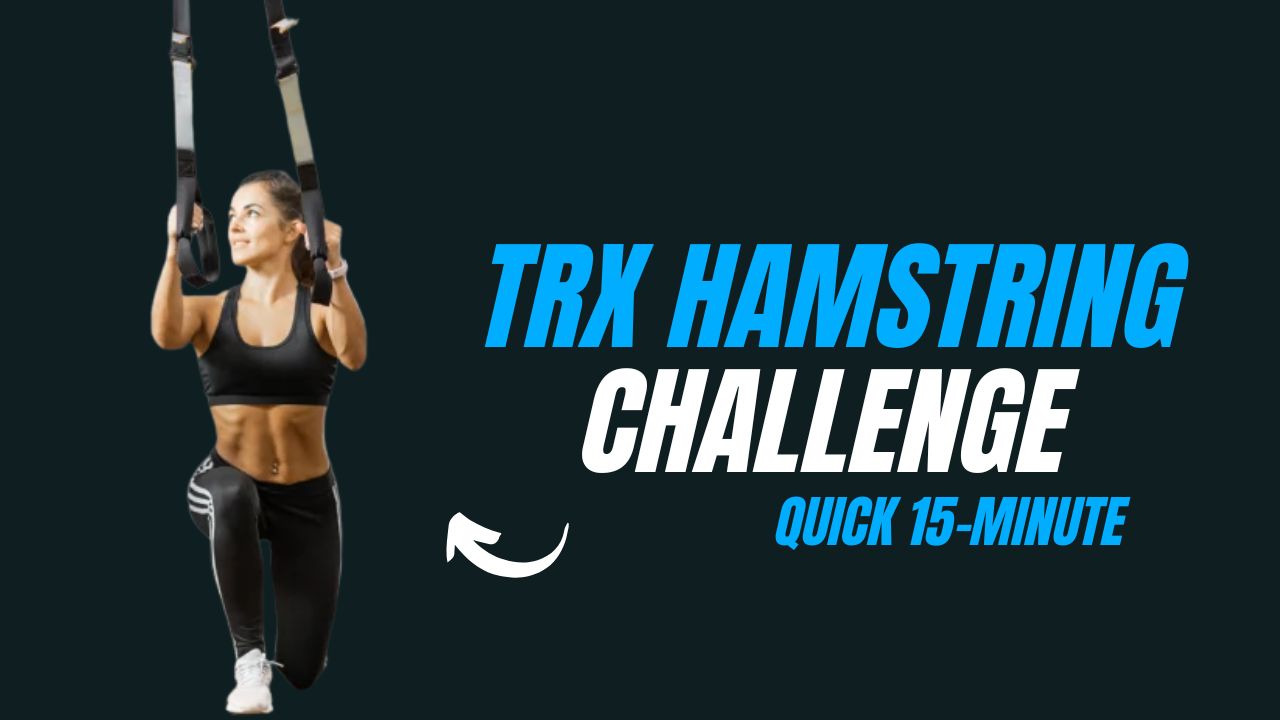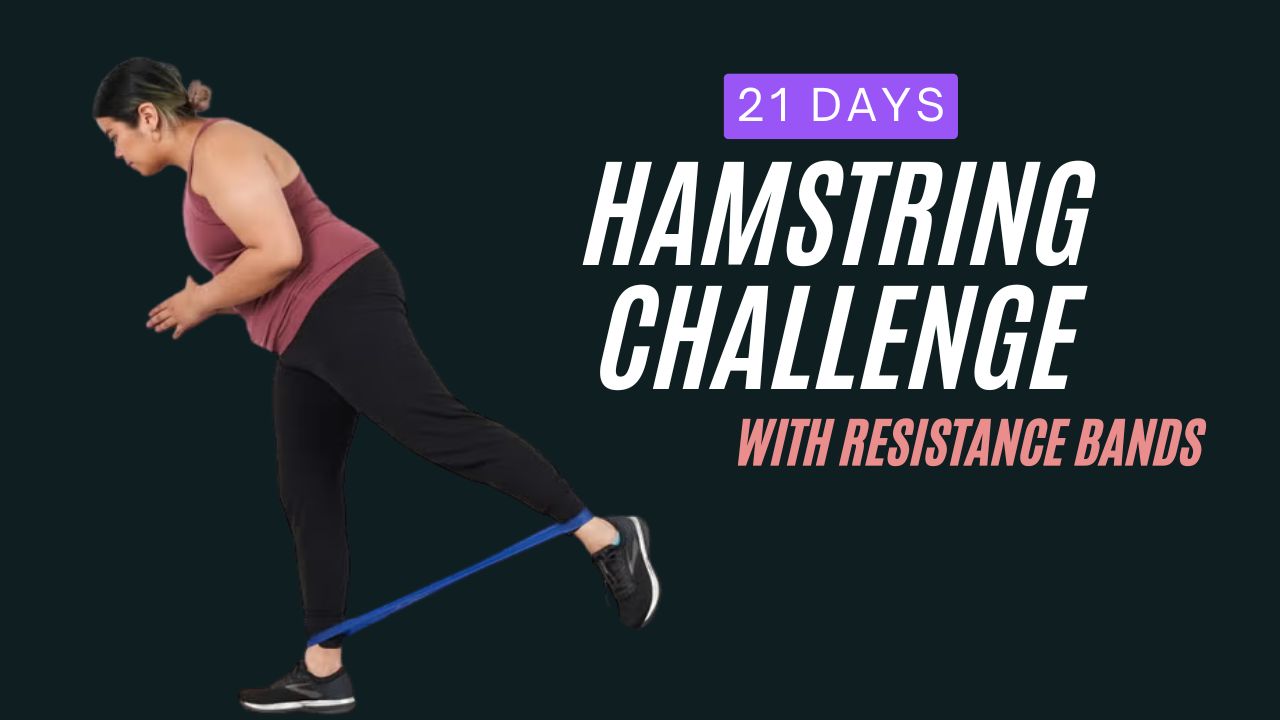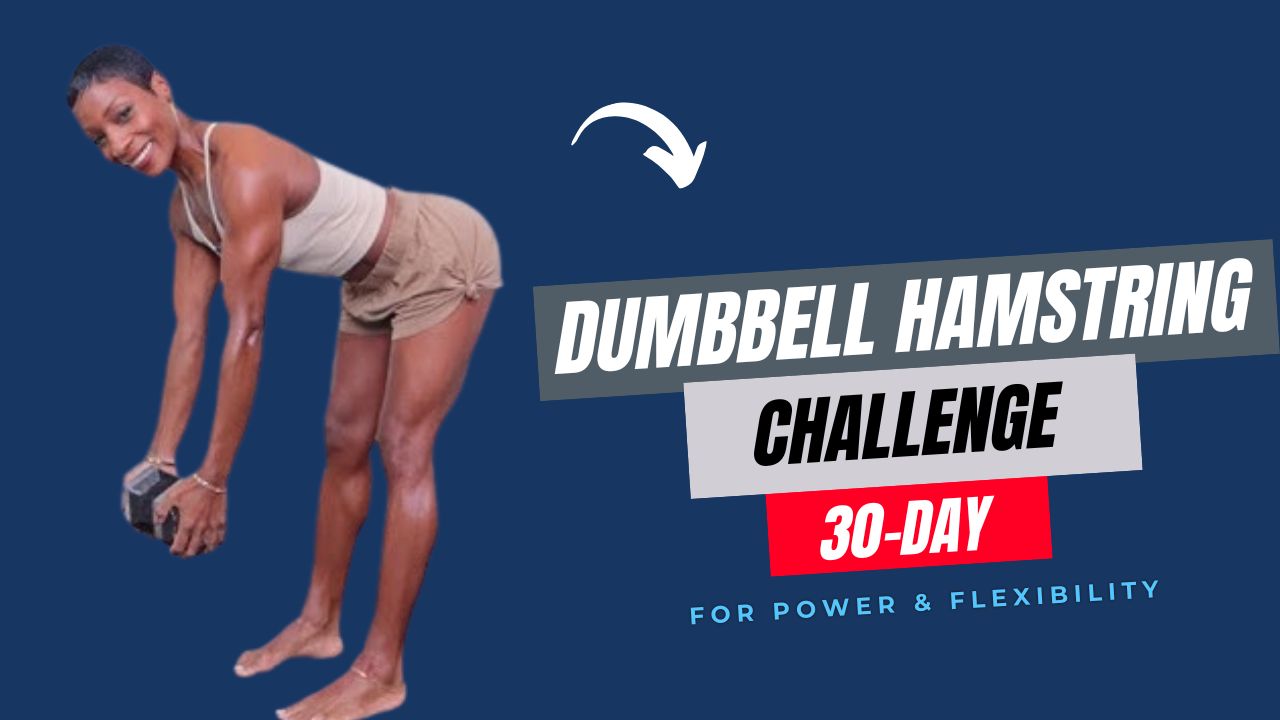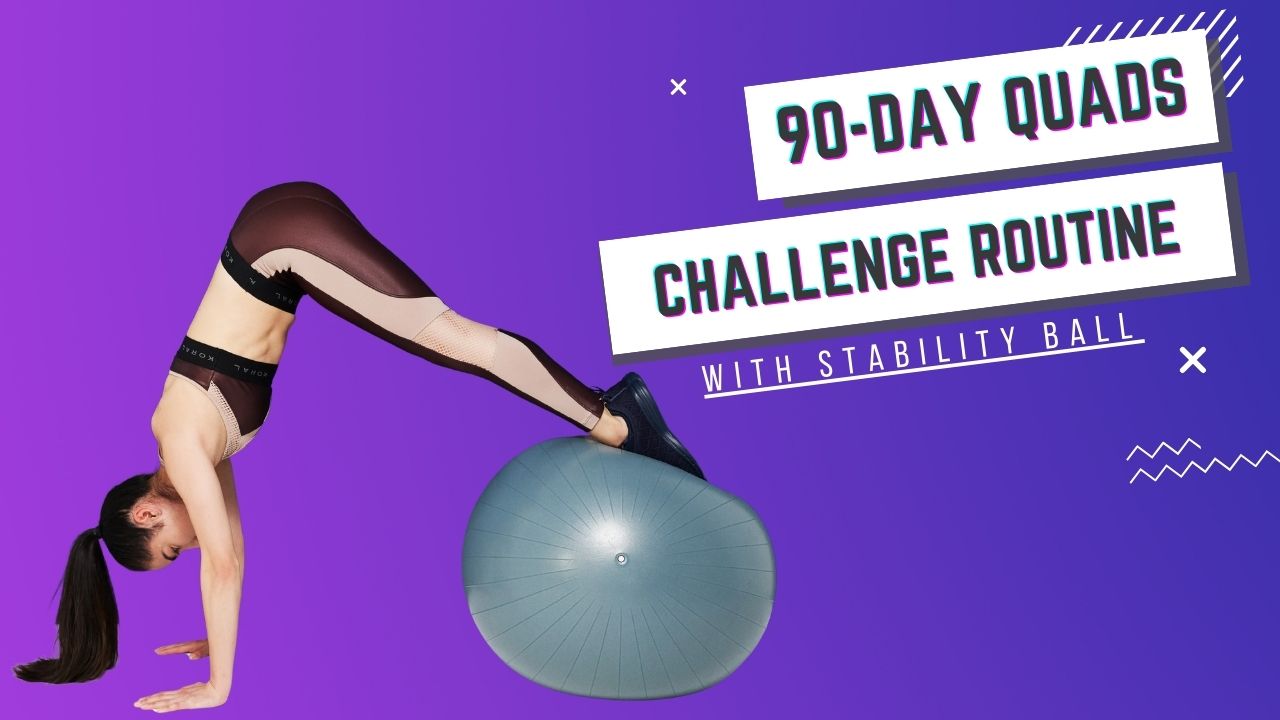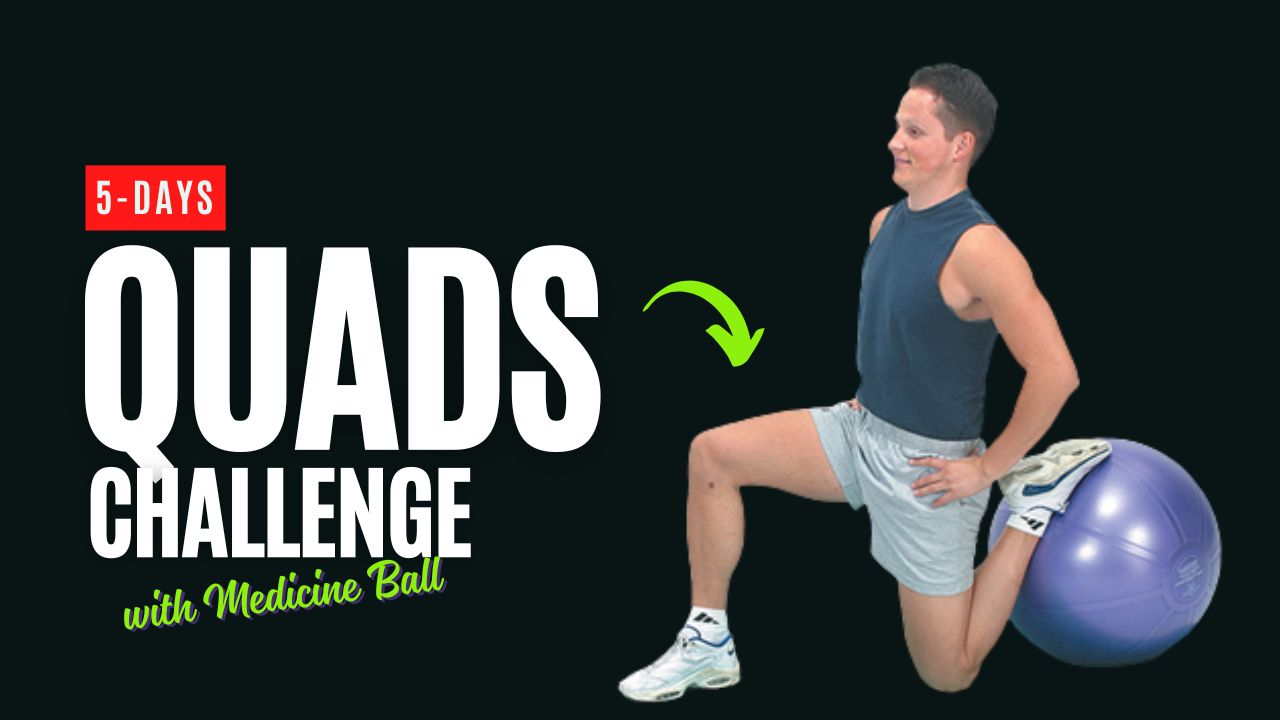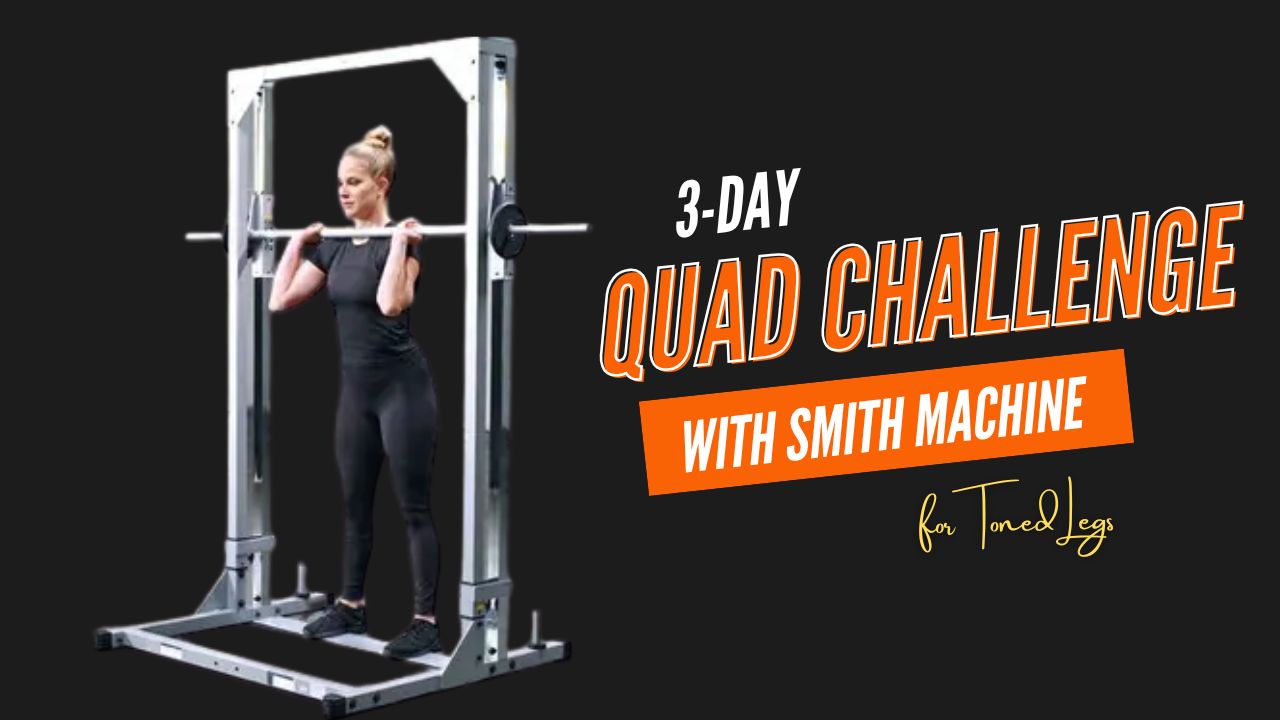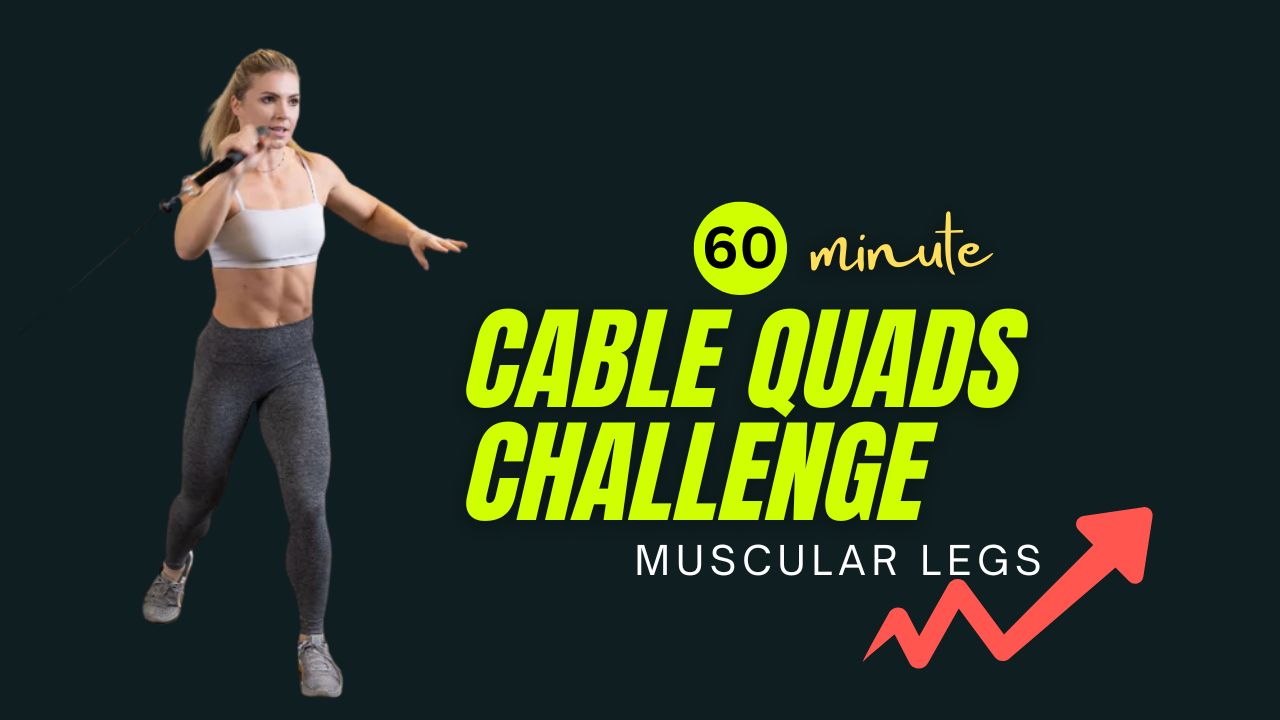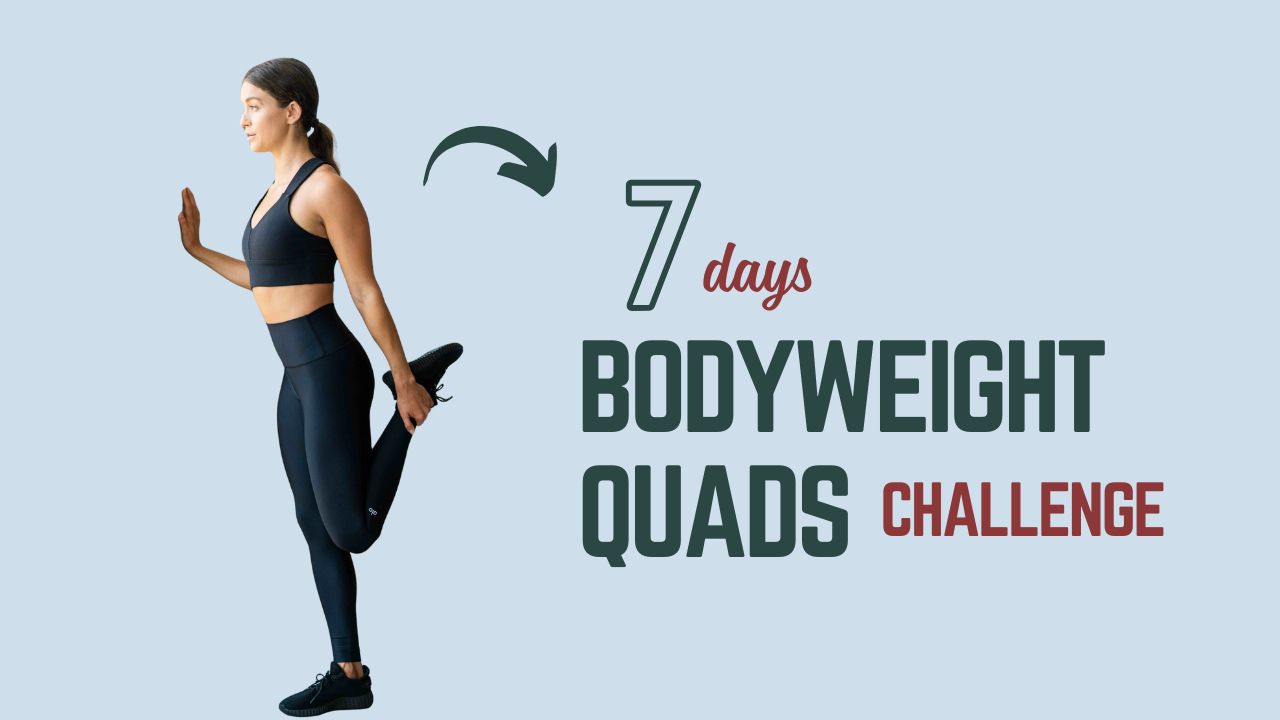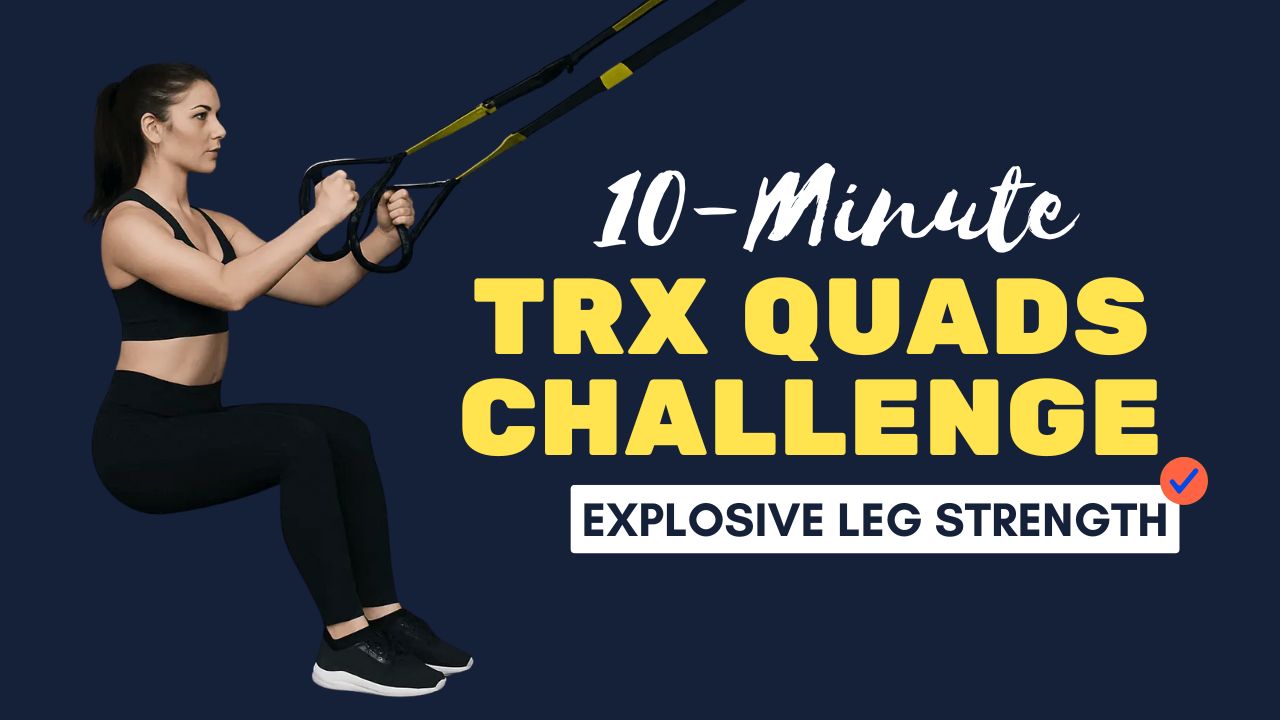Ready to Sculpt a Tighter, Stronger Core? Here’s What Most People Get Wrong About Oblique Training…
Most think endless crunches are the key to a chiseled waist. But did you know your obliques — the muscles running along your sides — are crucial for rotational strength, posture, and injury prevention?
And the best part? You don’t need a cable machine or fancy equipment — a simple resistance band can fire up your obliques like never before.
Let’s break the myths and build your side-core power with these 7 must-do resistance band moves!
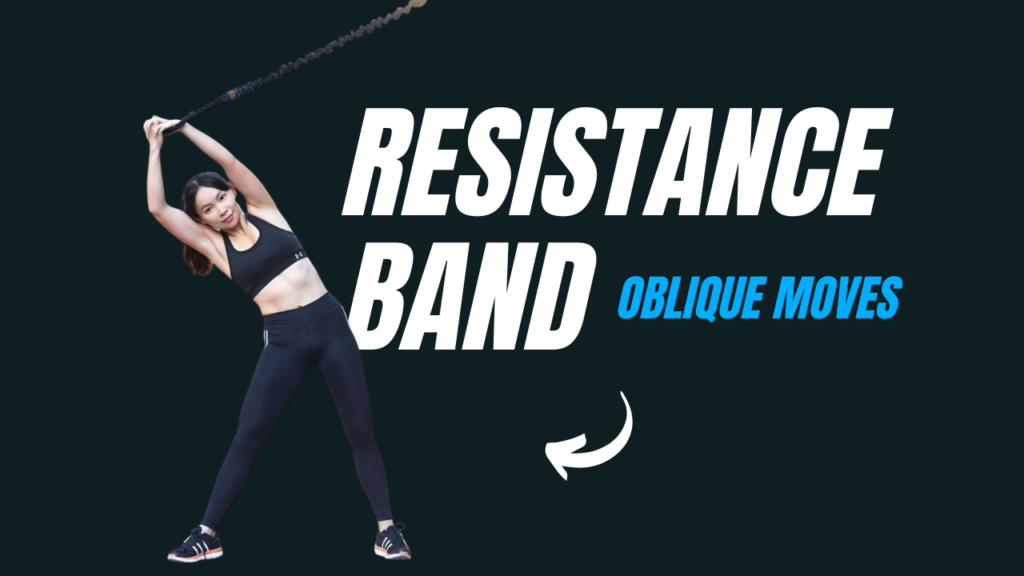
Table of Contents
What Can Happen After 30 Days of These Resistance Band Oblique Exercises
| Positive Changes | What to Watch Out For |
|---|---|
| Noticeably stronger and more stable core, especially in rotational movements. | Mild muscle soreness in the first week — normal, but should decrease as you adapt. |
| Improved posture due to better engagement of side-core muscles supporting the spine. | Potential for overuse strain if exercises are done daily without rest; stick to 2-3 sessions/week. |
| Enhanced definition along the obliques, giving a tighter appearance to the waistline. | If paired with poor nutrition, visible fat loss may not occur despite muscle gains. |
| Better balance and coordination in sports, daily activities, and other workouts. | If done with poor form, risk of aggravating lower back or hip discomfort. |
Do & Don’t for Resistance Band Oblique Training
| Do | Don’t |
|---|---|
| Warm up your core before starting with light dynamic stretches. | Jump straight into intense moves without warming up. |
| Maintain a slow, controlled pace throughout each rep. | Use momentum or swing your body, which reduces oblique engagement. |
| Keep your spine neutral and core braced during exercises. | Arch or round your back excessively — this can cause injury. |
| Choose a band with appropriate resistance for your strength level. | Start with a band that’s too heavy, compromising form. |
| Focus on quality of movement over quantity of reps. | Rush through reps just to hit a number. |
| Breathe steadily — exhale during exertion, inhale on return. | Hold your breath, which can spike blood pressure and cause dizziness. |
| Progress your routine gradually by adding resistance or reps. | Skip progression by suddenly adding heavy resistance or high volume. |
7 Best Resistance Band Oblique Moves
1. Resistance Band Standing Woodchoppers
How to Do It:
- Anchor your band at ankle height on one side.
- Stand sideways, feet shoulder-width apart, and hold the free end with both hands.
- With arms extended, pull the band diagonally across your body, finishing above your opposite shoulder.
- Return under control; complete 12-15 reps per side.
Why it works: Mimics chopping motion, engaging deep obliques and improving rotational power.
Did You Know? This move not only sculpts your waist but also trains muscles used in sports like tennis and baseball.
2. Resistance Band Russian Twists
How to Do It:
- Sit on the floor with feet elevated, loop the band around your feet, and grab ends with both hands.
- Lean back slightly, keeping your core tight.
- Twist your torso to one side, pulling the band; rotate to the other side.
- Perform 15-20 reps alternating sides.
Why it works: Hits the entire oblique chain while challenging balance.
3. Resistance Band Pallof Press
How to Do It:
- Anchor the band at chest height and stand sideways, feet hip-width apart.
- Hold the band’s handle with both hands close to your chest.
- Extend your arms straight out in front, resisting the band’s pull, then bring them back in.
- Repeat 10-12 reps per side.
✅ Why it works: Builds anti-rotational strength, which is essential for core stability.
Myth Buster: “Twisting more means stronger obliques.” Truth is, resisting rotation with moves like the Pallof press activates your obliques even more effectively!
4. Resistance Band Side Plank Row
How to Do It:
- Get into a side plank position; anchor the band at floor level in front of you.
- With your top hand, grab the band and perform a rowing motion toward your ribs.
- Keep your hips lifted; complete 8-12 reps per side.
Why it works: Combines isometric side plank with dynamic pulling for intense oblique activation.
5. Resistance Band Standing Side Crunch
How to Do It:
- Anchor the band above shoulder height on one side.
- Stand side-on, feet hip-width, holding the band with one hand overhead.
- Crunch sideways, bringing your elbow toward your hip against the band’s resistance.
- Complete 12-15 reps per side.
Why it works: Isolates the obliques with lateral flexion, sculpting a leaner waist.
6. Resistance Band Kneeling Rotations
How to Do It:
- Anchor the band at chest height.
- Kneel facing sideways to the anchor point, holding the band with both hands in front of your chest.
- Rotate your torso away from the anchor, extending arms, then return slowly.
- Perform 10-15 reps per side.
Why it works: Challenges core control while building rotational strength.
7. Resistance Band Bicycle Crunches
How to Do It:
- Lie on your back with the band looped around your feet.
- Place hands behind your head and bring one knee toward your chest as you twist your opposite elbow toward it.
- Extend the other leg straight against the band’s resistance.
- Alternate sides for 20-30 reps.
Why it works: Adds resistance to a classic move, deeply engaging obliques for better results.
Quick Recap & Benefits
- Time-efficient: Get an intense core session in 15 minutes.
- Low-impact: Perfect for home workouts with minimal joint stress.
- Versatile: Progress by adjusting band tension or reps.
Did You Know? Strong obliques help reduce lower back pain by supporting your spine during everyday movements.
Final Thoughts
With these 7 big resistance band oblique moves, you can break away from boring crunches and supercharge your core.
Consistency is key — weave them into your routine 2-3 times a week, and watch your strength, posture, and waistline transform!
Frequently Asked Questions (FAQs)
Can beginners do these resistance band oblique exercises?
Yes! Choose a lighter resistance band, focus on proper form, and perform fewer reps to start. Increase intensity gradually as your core strength improves.
How often should I train my obliques with these moves?
For best results, include them in your routine 2-3 times per week, allowing at least one day of rest in between for muscle recovery.
Do I need to do all 7 moves in one workout?
Not at all. You can pick 3-4 exercises per session or rotate them throughout the week to keep your workouts fresh and effective.
Will resistance band oblique exercises help me get rid of love handles?
These moves strengthen and tone your obliques, but reducing love handles also requires a calorie-controlled diet and full-body activity to lower overall body fat.
Can these exercises hurt my lower back?
When done with proper form, they can actually protect your lower back by strengthening core stabilizers. But if you feel pain (not muscle fatigue), stop and check your technique or consult a fitness professional.
What size or strength of resistance band should I use?
A light to medium resistance band works best for most beginners and intermediate exercisers. If you can’t perform the moves with control, switch to a lighter band.
How long does it take to see results from these exercises?
With consistent training and balanced nutrition, many people notice improved core strength and muscle definition in 4-6 weeks.
